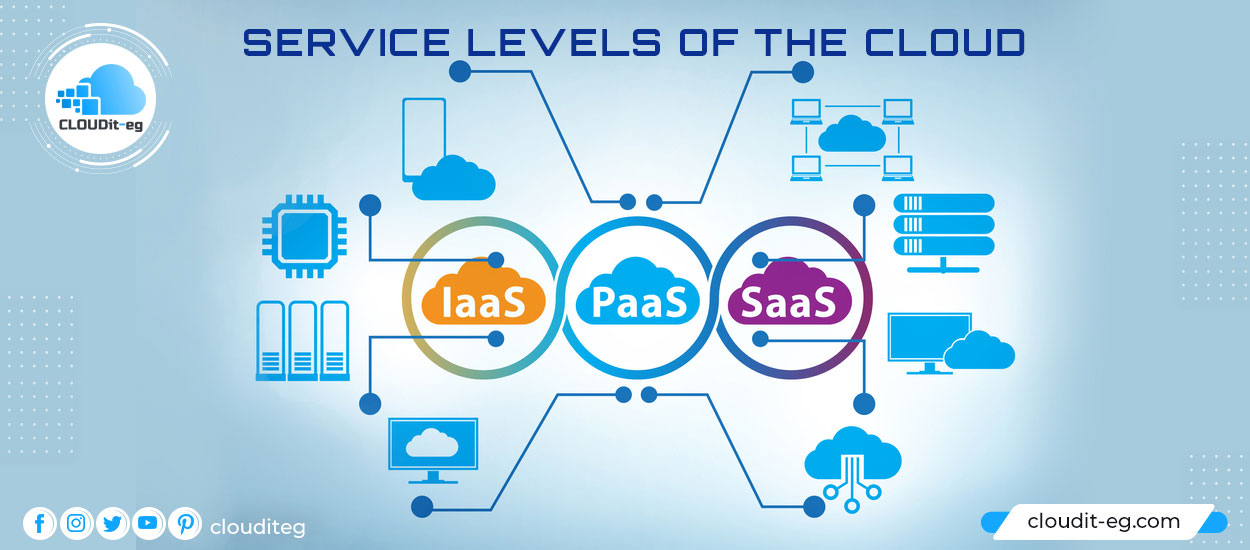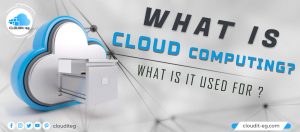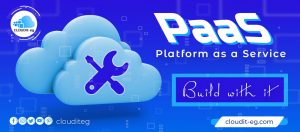How do you have to imagine “a cloud”?
The anatomy of a cloud can be described by a largely accepted (3-level model with the service) levels 1 to 3 – also called service models. On these three levels the cloud services that can be used by the user (“cloud consumer”) are available on:
- The software-as-a-service level (SaaS) as application or application services (mostly to be used via a web browser or an app),
- The Platform-as-a-Service level (PaaS) as development environment services and delivers a platform to clients
- The Infrastructure-as-a-Service level (IaaS) as Infrastructure Services
- Often the individual levels build on one another, but this is not always necessary.
- What all levels have in common is that IT resources are provided as abstract, virtualized IT services “as a service”, which are typically are billed based on usage. This brings you pretty close to the vision of getting IT out of the socket, so to speak. The levels are briefly outlined below.
Level 1: Infrastructure as a Service (IaaS)
Level 1 is the “lowest” level to which the cloud user has access.
Here he has access to scalable computing, storage, and network capacity provided as an IT service with a high degree of automation and standardization.
Whereby he can usually choose from different operating systems (e.g. Linux, Windows Server). There he assigns the virtual systems (“Cloud Instances”) himself, uses them, and releases them again after use. The user uses “Infrastructure as a Service” according to his needs and under his responsibility.
In particular, he does not have to worry about whether the service provider has sufficient “real” hardware or network capacities and where in the world the physical IT infrastructure is installed. He can rely on him, within the framework of the contractually agreed service level agreement (SLA).
Then, if he so wishes, the necessary IT resources are available. Measured variables at the IaaS level are, for example, CPU memory consumption (“Compute Power”), GB / time unit (“Storage”), or the data transfer volume (network). Well-known examples of IaaS services in the B2B environment are Amazon with EC2 (computing power), S3 (storage), Rackspace, Eucalyptus, or GoGrid. In the private environment (B2C), Apple’s iCloud is representative of several comparable offers.
Level 2: Platform as a Service (PaaS)
is the so-called middleware layer, on which, to put it simply, software architects and application developers find technical frameworks – i.e. development platforms as services.
A standardized environment with optimized middleware and database services for portal and application development is available here; also services for integration, access control, security, synchronization, and data storage. With the help of such PaaS components, independent software houses and end customers can develop application modules for the SaaS level above the PaaS level and also integrate them across clouds. Software development is simplified and accelerated because the necessary environment neither has to be implemented nor maintained. Seen in this way, PaaS is the productive basis for SaaS services.
Examples of well-known PaaS services are:
- Azure (from Microsoft)
- App Engine (from Google)
- force.com (from salesforce. com)
- BusinessByDesign Studio (from SAP)
- Beanstalk (from Amazon)
In other words, for the large providers, their PaaS environments are market-strategic, because they serve as the nucleus for cloud ecosystems. Smaller independent software producers gather around the development platforms of the big players who develop their own SaaS solutions in these development environments, which often complement the SaaS portfolio of the platform owner.
The more partners decide on the respective PaaS environment of a provider, the stronger its own market position will of course be, and the greater the chance of its.
To establish the solution as the de facto standard in the market. Most of the large cloud providers have taken advantage of this option and released their PaaS development platforms.
For example:
- SAP has its BusinessByDesign Studio14.
- Microsoft, which provides startups with its Azure environment free of charge.
- Beanstalk from Amazon, which is free of charge for AWS customers.
Because cross-vendor open standards do not yet exist or only exist in the rudimentary form today. Smaller software houses and also end customers choose their development environment into a dependency that the cloud provider wants and which can only be revised with great effort.
Level 3: Software as a Service (SaaS)
On the third cloud level, the user in the specialist department has ready-made application services in a standardized form.
He can – at least that is the vision – select those application modules from a service catalog online and automatically convert them to an executable.
Combine an application solution that is best suited to optimally support your business processes. He will be responsible for the running ability of the application solution, any services required at the PaaS level, and the necessary infrastructure resources at the IaaS level.
The only prerequisite for this is that the application services have been developed in a uniform PaaS environment. Standards and APIs exist that allow the services to be combined with little effort.
The user does not acquire any individual right to use the application. Rather, it shares it with other users in a multi-tenancy mode, in which all users use the same current version access software.
This is the responsibility of the cloud provider and its central development and maintenance processes. Suitable techniques ensure that the different application environments are securely sealed off from one another.
Therefore, Modifications to the core of the application in the sense of an individual adaptation are therefore not possible for the user.
Examples of SaaS are:
- CRM system from salesforce.com.
- ERP system Business By Design from SAP.
- Office solutions Office 365 from Microsoft.
- Apps for Business from Google.




